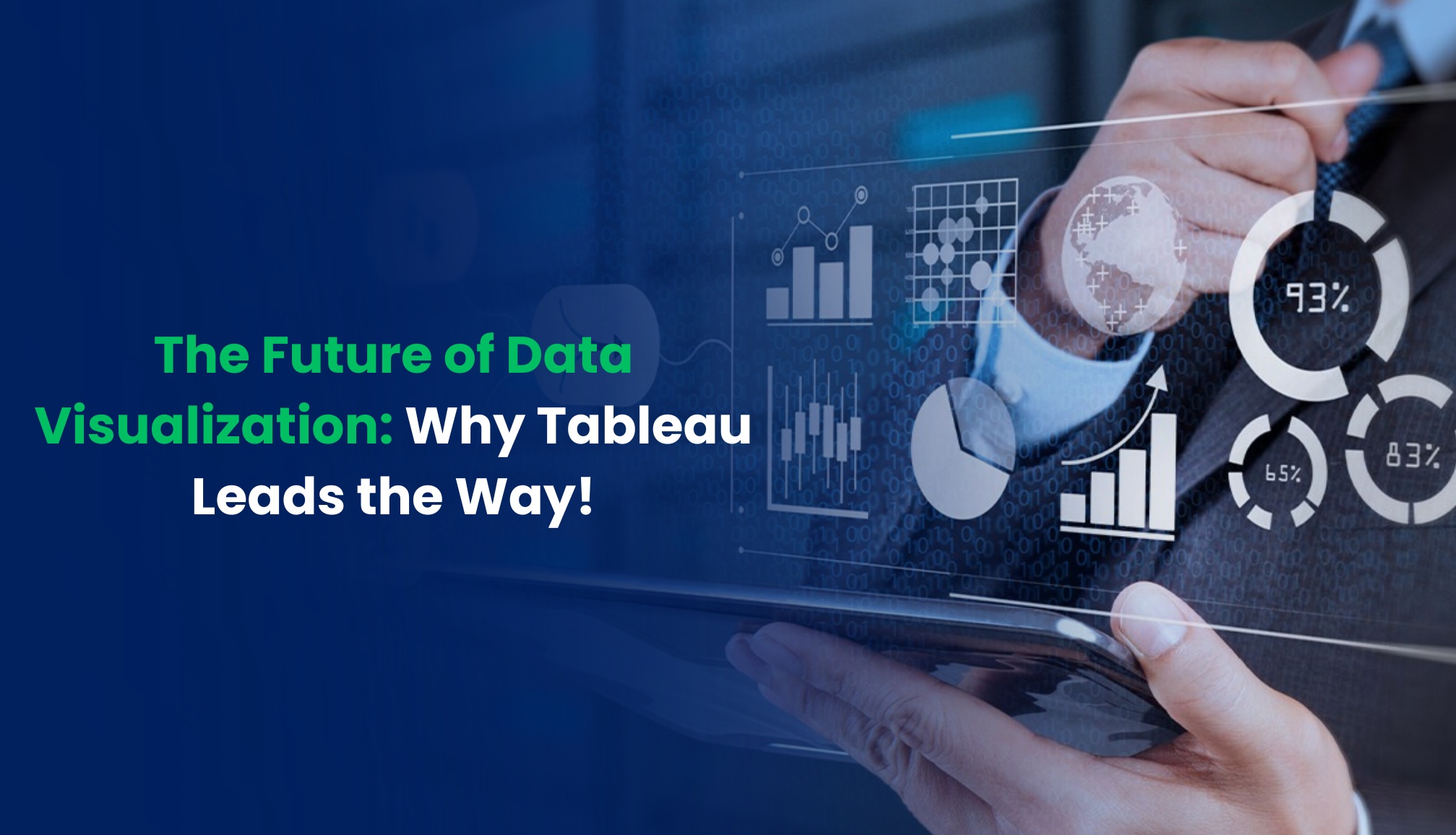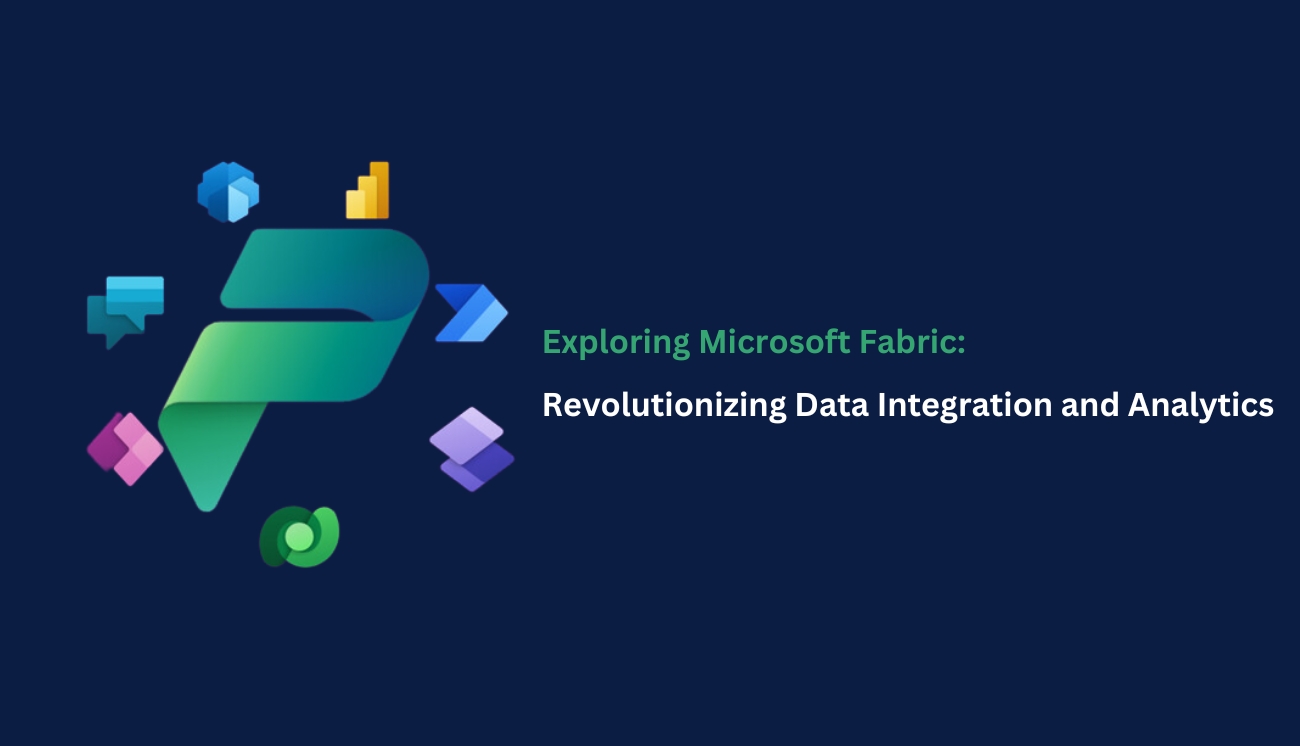The Future of Data Visualization: Why Tableau Leads the Way
Nowadays, businesses are swimming in a sea of information, but the true challenge is: how can you turn this ocean of data into clear, actionable insights? Here is Tableau, the giant revolutionizing the way an organization approaches data visualization.
Using complex data for interactive, real-time analytics and predictive insights, Tableau helps the organization take a smarter and faster step toward decision-making. What makes Tableau a great source of inspiration for the future journey in data exploration? Let’s find out how this powerful tool changes the paradigm for businesses across the world.
1. The Power of Interactive Dashboards
It is the primary reason that Tableau leads the marketplace with its property of designing interactive dashboards that hand over control to users, which has great benefits. Users can create their dashboards in customized ways, focusing on the most crucial metrics with Tableau. Thus, they can have an aerial view of their performance.
Real Time Scenario
What is so powerful about visual dashboards? For example, the sales team is tracking the brand-new, real-time progress towards conversion for a client or marketing is watching the success of a campaign in real-time.
All of these dynamic visuals have allowed business leaders to pinpoint trends much more easily, monitor performance and implement rapid changes. Real-time analytics make it clear that these businesses can act far faster than their rivals and therefore gain a valuable edge in the marketplace.
The way Tableau has organized the data makes it much more likely that companies will develop useful insights without sinking too far into complex data analysis.
2. Equipping Everyone with Self-Service Analytics
Not every employee comes with a data analyst type of background, but every employee is still a candidate for data insight. With Tableau, data democratization is a reality. The self-service analytics feature of the platform allows people at all levels of an organization to bring forth their own data to analyze it without having to be a data scientist.
Real Time Scenario
What does this do for businesses? This means that employees from marketing to operations to finance can access powerful data insights without waiting for long reports from IT. This Self-Service Analytics revolutionizes the turnaround from decision to decision and facilitates more data collaboration across teams.
It enables teams to explore data on their own, which encourages a greater number of individuals to participate in decision-making based on data and strengthens the collaborative culture. Tableau tears down the walls and provides all the tools that everyone needs to make informed decisions.
3. Predictive Analytics
In a world where you might have predicted future trends from your data, Tableau’s predictive analytics provides businesses with data visualization tools to uncover hidden prescriptive models and stay ahead of the curve. That projection should prepare you to withstand security, sales, customers or trends, and the whole business spectrum.
Live Scenario Example
With the help of historical data, Tableau identifies whether there is a likelihood of customer loss or whether there is projected growth in sales. By leveraging business intelligence, it uncovers the key trends and patterns that businesses need to focus on.
Some of the channels and strategies that are relevant to the business for the purpose of reaching that target group. Just imagine if you could predict what your business will be like in the future. It could very well be the difference between taking advantage of a market opportunity and losing it altogether.
Predictive analytics shift organizations from a reactive to a proactive mode, sensing opportunities or threats before they grow. This predictive capability has an anchor in better decisions along with a stronger strategy at large.
4. Cloud-Based Analytics
Speed is vital for scaling in today’s ever changing business landscape. With cloud-based analytics, businesses can access their data any time and from anywhere. Whether your team works together with the global hands-on from different locations, everything is available for seamless access to real-time dashboards and insights.
It enables an organization to expand without worrying about its infrastructure limitations. Teams get to access backend data through secure access of any device by making it easier for collaboration within an organization.
In addition, cloud-based analytics allow organizations to manage their data in a secure, cost-effective, and less complicated way without having to invest in expensive equipment or infrastructure to store their data. This smooth integration also makes it easier to access data insights in real-time.
5. Data Governance
Since businesses are depending more and more on data integration and transformation, data protection is now of utmost importance. To protect your private data or information, Tableau places a high priority on data governance.
Customer data or financial data, the in-built security features of the platform have made organizations confident about operating and sharing data without compromising privacy.
In the landscape of an increasing number of data breaches and cyber threats, data security is vital. This ensures that all the sensitive data are only accessible by authorized individuals and thus maintains integrity and compliance.
Greater data governance would allow Tableau to enhance several business practices, especially in the areas of tracking who accesses data over time and for what purposes. With integrated robust data connectivity, Tableau also promises seamless integration with multiple data sources for real-time access to accurate, secure information, which would increase visibility within teams and help deter data misuse.
6. Data Integration and Transformation
One of the largest challenges an organization faces in pulling information from different sources would be merging all that information into one view. Tableau solves this problem with great data integration and data transformation functions.
Irrespective of whether you pull data from customer relationship management systems, financial tools, or marketing platforms, Tableau will connect all those sources in one unified dashboard.
Data integration ensures that all the right data comes together, while data transformation cleans, structures and organizes the data properly for simple analysis. This 360-degree viewpoint facilitates decision making among executives as it allows fully informed and rounded decisions to be made.
With Tableau, there are no storage towers in any organization. It is a more cohesive, broader way of managing data that results in a much clearer, accurate picture of the organization’s performance.
End Note
Does your data get ready to move your business forward? Tableau provides more than just creating visuals from your data and it enables you to turn your insights into actions, cultivate growth and achieve success over the long run.
Tableau promotes data collaboration across teams, ensuring that everyone from marketing to sales can work together seamlessly on shared insights. Tableau helps you stay ahead, optimize strategies and maximize your competitive edge. Let us convert your data into a potent force for your business! Data Collaboration


